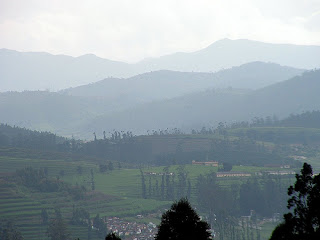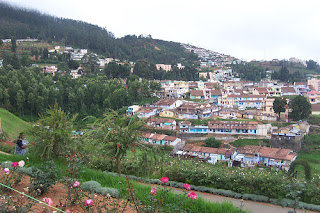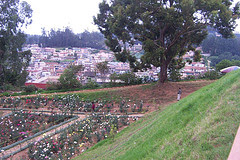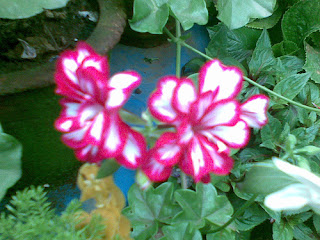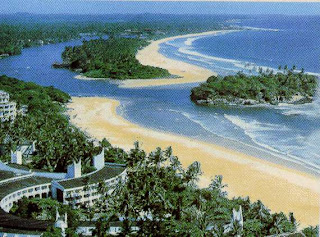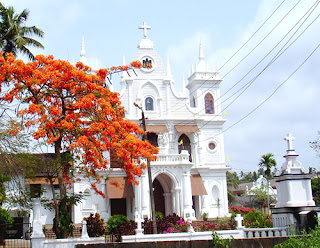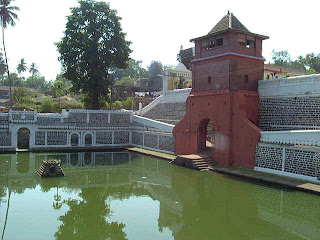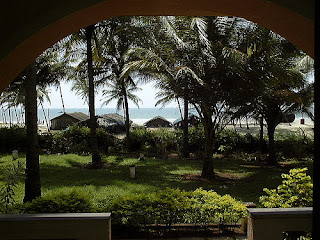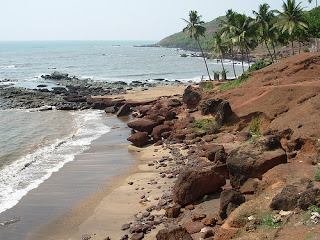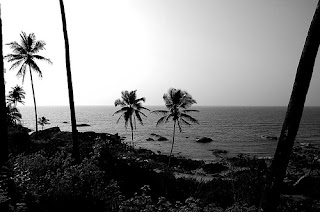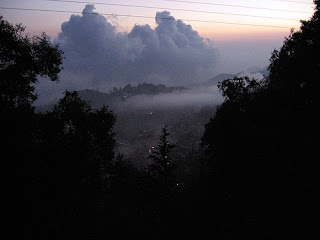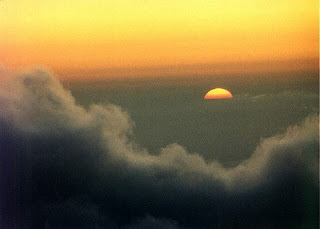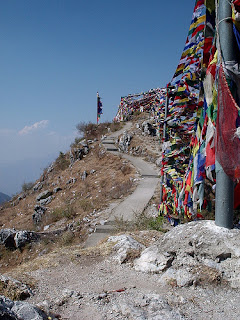Darjeeling travel and toursim
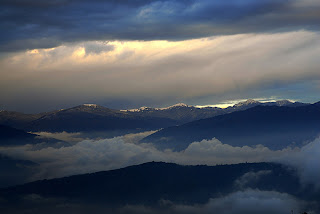
Darjeeling conjures visions of serenity, of vibrant green hills steeped in splendour, a land of breathtaking beauty crowned by the majestic Himalayas. Darjeeling is one of the most magnificent hill resorts in the world. This heavenly retreat is bathed in hues of every shade. The flaming red rhododendrons, the sparkling white magnolias, the miles of undulating hillsides covered with emerald green tea bushes, the exotic forests of silver fir - all under the blanket of a brilliant azure sky dappled with specks of clouds, compellingly confounds Darjeeling as the "QUEEN OF HILL STATIONS".

The name Darjeeling is derived from the Tibetan word ' Dorje Ling' (Place of the thunderbolt). According to legend, Darjeeling was struck by a mystic thunderbolt of the Lamaist religion, said to be the scepter of Indra, Lord of the Gods, which supposedly fell on the site known as the observatory hill.
Trekking In Darjeeling:
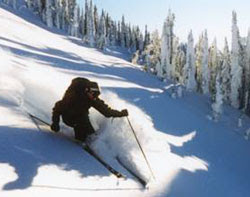
Darjeeling is also a trekkers paradise and the Gorkha hill council has provided ample trekking facilities for the adventure loving people. One of the famous trekking route taken by the trekkers is that of the Darjeeling-Sandakphu / Phalut trek. This trekking route is best during the months of April, May, October and November.
As during these seasons the visibility is clear and the weather is also hospitable. On this route the trekker must be prepared for all kinds of weather and high altitude mountain sickness. The trek passes through low areas and very high ridges so temperature varies a lot be prepared for all types of weather. There surroundings may be very attractive but there are some areas which have long stretches without any water, so carry water with yourself. Regular meals are available. Guides and porters can also be arranged.
Attractions of Darjeeling
Tiger Hill:
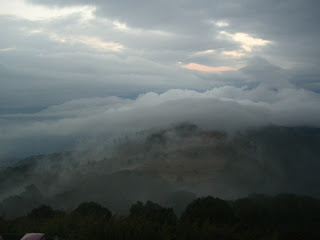
Situated at an altitude of 2590 metres (8482 ft.) and 13 kms from the town, this spot has earned international fame for the magnificent view of the sunrise over "Kanchenjunga" and the great Eastern Himalayan Mountains. Even Mount Everest, the world's highest peak, is visible from here. Situated close to the Tiger hill, the Senchal lake at 8031ft.supplies Darjeeling with its domestic water. It is particularly a scenic area and popular as a picnic spot.
Kanchenjunga:
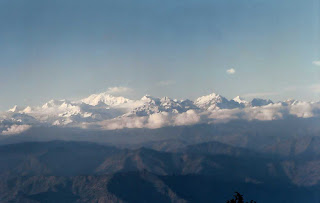
Located in the Himalayas, Kanchenjunga is the third highest mountain peak in the world. One of the most beautiful peaks it presents spectacular views from various spots in Darjeeling. The best uninterrupted views are to be had from Bhan Bhakta Sarani. Chowrastha or the mall is the heart of the town.
 In the local dialect, Chowrastha means the place where four roads meet. Mall road ascends to a hill lined with shops and there is a huge flat platform surrounded by benches for people to sit and watch the Kanchenjunga standing with all its might. A walk along the Mall Road provides a beautiful view of the surrounding hills with rhododendrons in bloom during season.
In the local dialect, Chowrastha means the place where four roads meet. Mall road ascends to a hill lined with shops and there is a huge flat platform surrounded by benches for people to sit and watch the Kanchenjunga standing with all its might. A walk along the Mall Road provides a beautiful view of the surrounding hills with rhododendrons in bloom during season.Botanical Gardens:
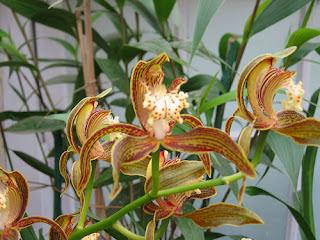
This place is worth a visit for its exotic and exclusive collection of a variety of Himalayan plants, flowers and orchids. This place is near the taxi stand. The gardens also has a green house.
Happy Valley Tea Estate:

Of about seventy tea gardens in this hilly region, this is one of the nearest, about 3 km from the town. Here one can see the processing of the world famous Darjeeling tea.
Observatory Hill:
A few minutes walk from the Mall Road leads to the Observatory Hill offering a magnificent view point for the twin peaks of Kanchenjunga. The sacred Mahakal temple is situated here. Mahakal is considered as the incarnation of Lord Shiva. Adjacent to Mahakal temple is a Buddhist Shrine. This point provides one of the breathtaking views of Kanchenjunga peaks. This place is also very sacred for the Hindus and the Buddhists as there are temples and the monasteries at this place.
Batasia Loop:
About 5 kms from Darjeeling, this Railway Loop is a marvellous feat of engineering. It is fascinating to watch the toy train wind its way round the loop. The War Memorial constructed in the memory of brave sons of Darjeeling who died in different action since 1947, is worth a visit. A glorious view of snowy peak and town can be seen from this place.
Bhutia Busty Gompa:
This colourful monastery, located near Chowrasta, originally was a branch of the Nyingmap sect's Phodang Monastery in Sikkim. It was transferred to Darjeeling in 1879. The shrine here originally stood on Observatory Hill. The Gompa also has a library of Buddhist Texts which has a copy of the Tibetan 'Book of the Dead'.
Dhirdham Temple:
The Hindu temple in Darjeeling was erected by Dhir Shamsher Rana of Nepal. Situated below the railway station, the shrine is modelled on the famous Oashupatinath Temple in Kathmandu. Built in the style of Katmandu's Pashupatinath temple adds to the varied religious architectural styles of Darjeeling.
Zoological Gardens:
The zoo is situated two kms form the main town. This zoological garden houses some of the rare species of animals and birds. This is only zoo in India having the Siberian Tigers. Apart from these the rare Red Panda is also there. The Snow Leopards, Great Grey Birds, Snow Yaks are some the animals which are attracting tourist in great numbers. The entry in the zoo is by tickets which are also valid for the natural history museum and the mountaineering institute & museum.
How to get there :
Air: The nearest airport is 74 km (3 1/2 hrs) away at Bagdogra, a town on the plains near Siliguri. It is the airport for Darjeeling hill areas and has direct air connections with New Delhi, Kolkata (45 minutes flight duration) and Guwahati.
Rail: You can take the famous toy train, which is a meter gauge train operating over breath taking scenery. The journey takes approximately seven and half hours. Nearest railhead is New Jalpiguir Junction and Siliguri.
Road : Darjeeling is connected to Siliguri the main city in the plains by the Tenzing Norgay Road . The distance from Darjeeling to other places :Kolkata (665 km), Guwahati (513 km) and Siliguri. There are frequent bus services between Darjeeling and Siliguri. Private taxis, land rovers are also available.
Labels: hillstations
